
The Jain temple in Ranakpur is believed to have 1,444 pillars no two of which are similarly carved. Photo credit
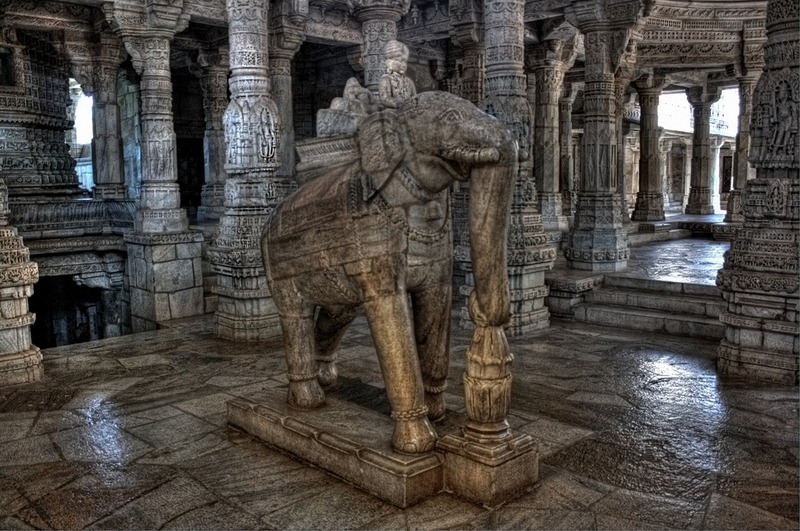
Photo credit

Photo credit

Photo credit
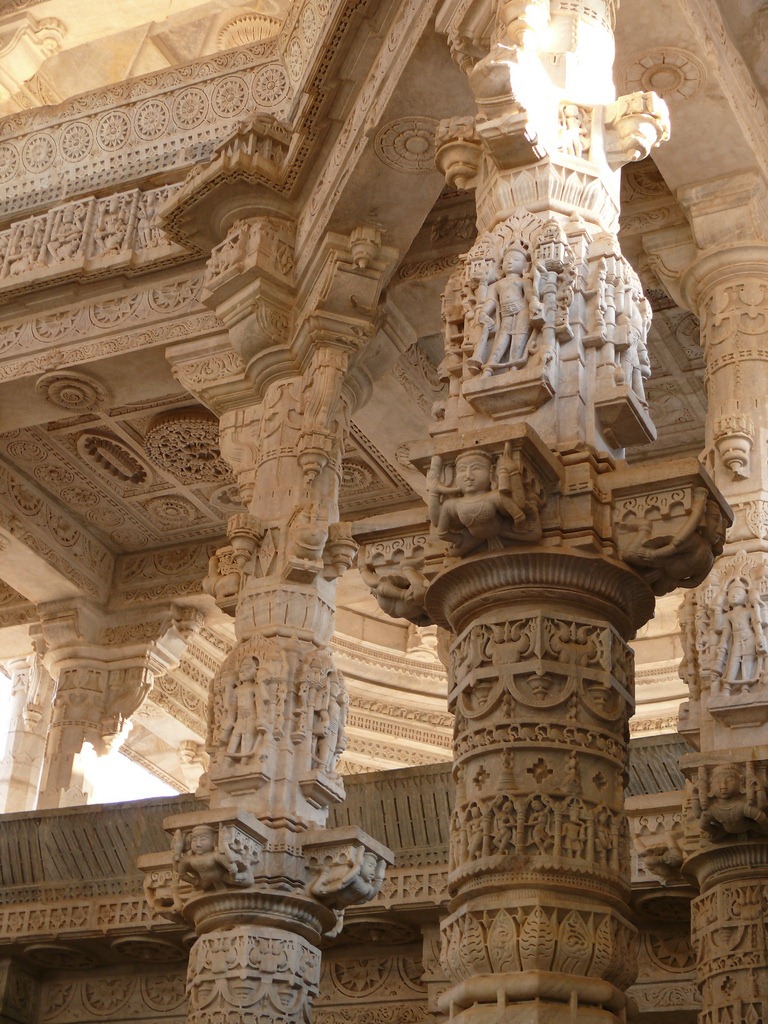
Amazingly details stone carvings at the Jain temple at Ranakpur. Photo credit

The main shrine of the temple. Photo credit
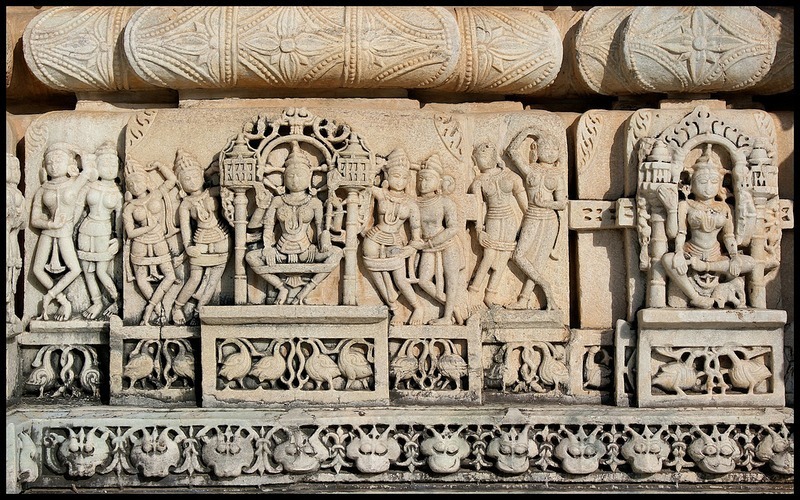
Gorgeous carvings of damsels and goddesses. Photo credit
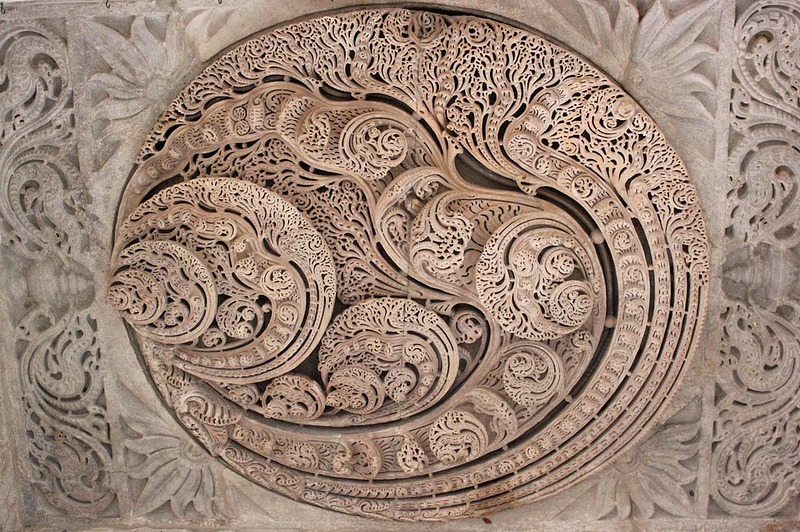
This spectacular roof was hand-crafted from marble over half-a-millennium ago. Photo credit

Incredibly intricate chains carved out of marble. Photo credit

Exquisite marble roof that looks more like lace-work. Photo credit

Images of 24
tirthankaras are carved on the porticoes in a corridor around the shrine with each portico having a ‘shikhar’ or spire adorned with little bells on the top. Photo credit

Photo credit
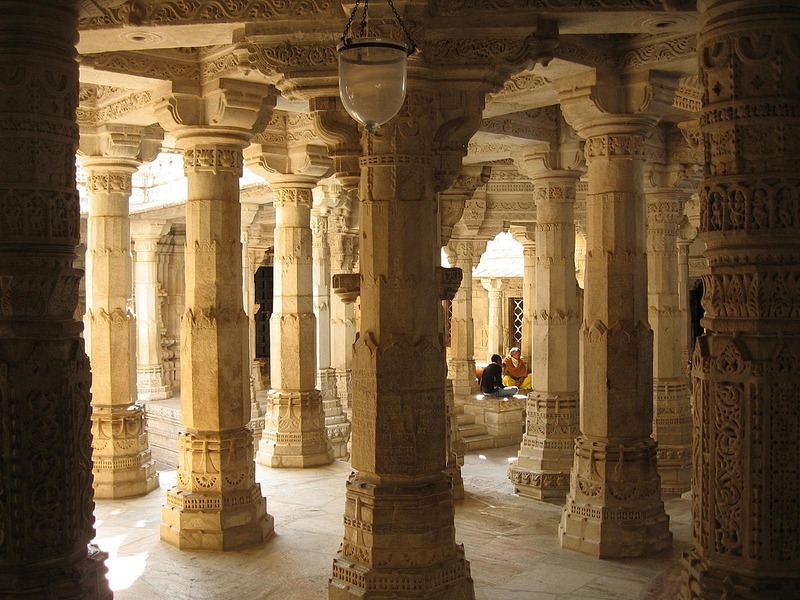
Photo credit

Devotees offering prayer at the Jain Temple in Ranakpur. Photo credit
